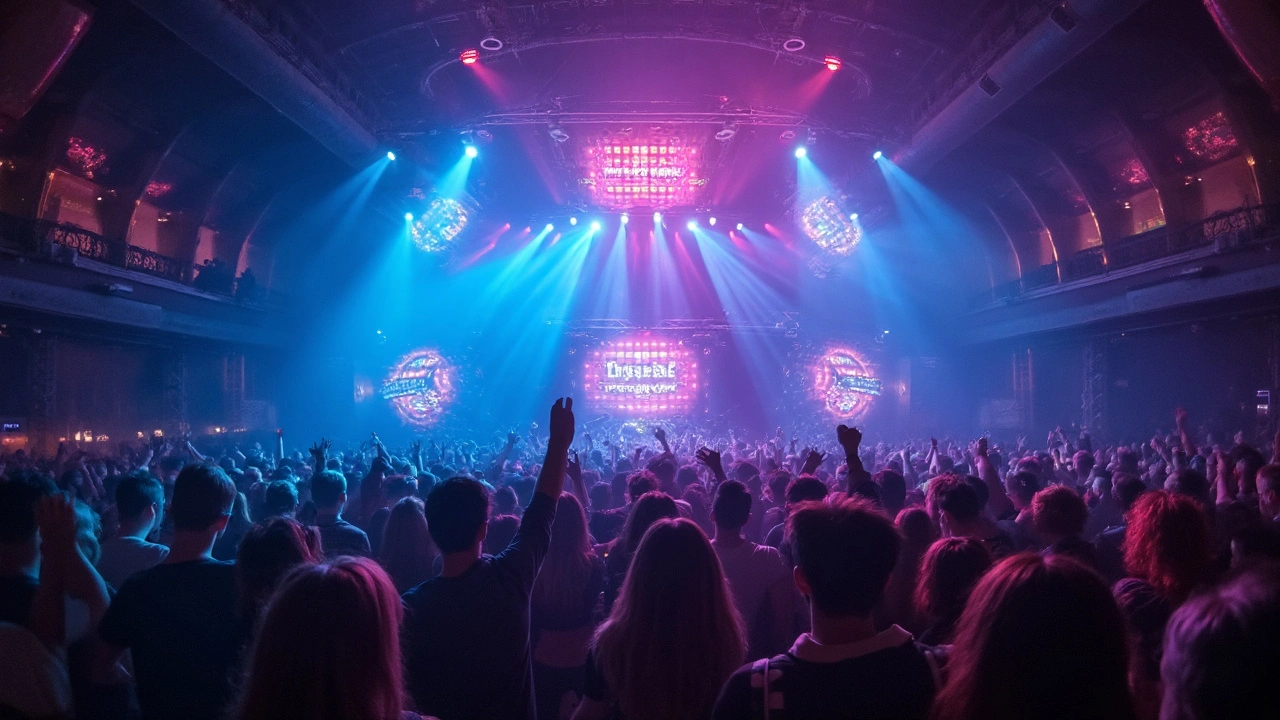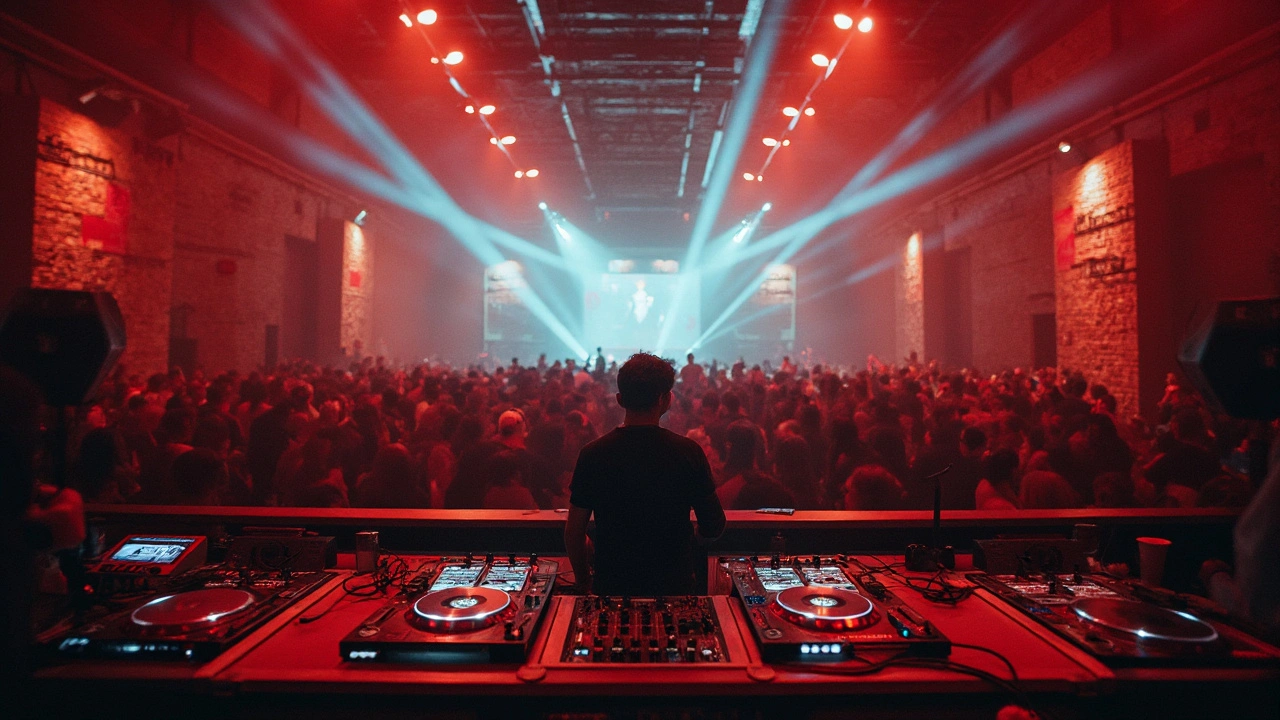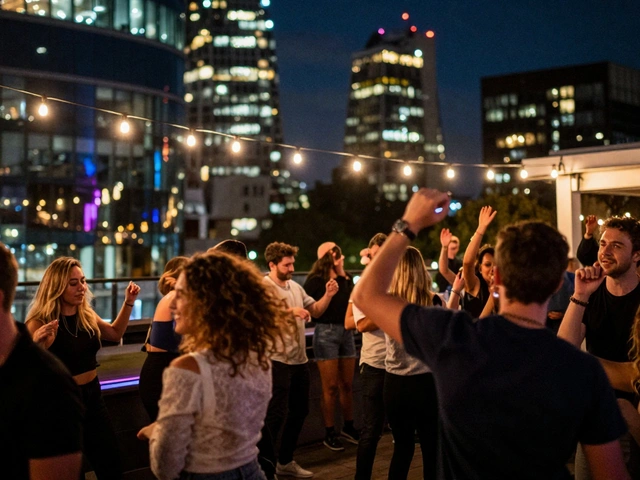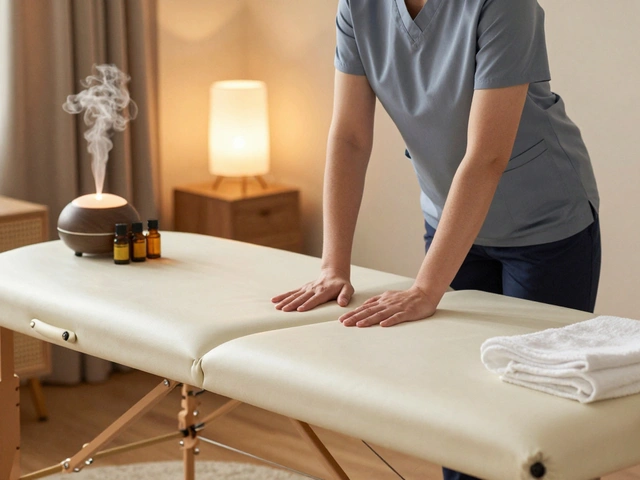Ministry of Sound’s Epic Sound System: What Makes It So Special?

If you think clubbing is the same everywhere, wait till you hear what Ministry of Sound does with sound. People talk about it like it’s a rite of passage—the kind of place where the bass doesn’t just thump, it practically grabs you by the chest.
This isn’t your average club setup. Ministry of Sound poured serious cash into their sound system, and you can feel every penny in those first seconds when the music kicks in. You’ll spot DJs who usually play massive festivals, sweaty dancers hollering with each drop, and an energy that straight-up buzzes around the room.
Most visitors only realize too late: where you stand matters. Some corners of the dance floor hit you differently—sometimes the sweet spot is right in the middle, but sometimes it’s up near the speakers or even back by the bar. Moving around the room lets you find your favorite way to experience the sound.
- What Sets Ministry of Sound’s Audio Apart?
- A Look Inside the Sound System Tech
- How to Get the Best Experience on the Dance Floor
- Plan Your Visit: Tickets, Timing, and Insider Tips
What Sets Ministry of Sound’s Audio Apart?
Let’s get straight to it: Ministry of Sound’s sound system is legendary because it was built for one thing—to make music hit hard and clear, in every corner of the club. Back in the 90s, they started out with a custom Richard Long sound rig, which at the time was unheard of outside the States. The club didn’t just follow trends; it set new ones, pulling in technology usually seen only at epic New York clubs and dialing it up for London’s crowd.
The main room stands out because of its unique 'the box within a box' design. This acts almost like a soundproof safe, containing the beats and stopping sound from leaking out or getting muddied up by outside noise. What this means for you on the dance floor is that the bass will punch, but never drown out the highs and mids. Every detail is tuned in—right down to the floor and wall materials, all chosen to keep the audio laser sharp.
Want an idea of just how committed they are? Ministry of Sound gets their audio kit checked and retuned regularly. They’ve been known to bring in legendary engineers like Tony Andrews, who actually invented iconic speakers like the Funktion-One. The club uses specially designed Martin Audio speakers, which shoot the frequencies out with pinpoint accuracy. You feel those low ends in your chest, but you can still hear every crisp snap on the hi-hat. It’s not about just being loud—it’s about making everything sound clean at any volume.
One thing that people rave about is the even coverage no matter where you stand. With most nightclubs, finding a good sound spot can be hit-or-miss. At Ministry of Sound, the tech team actually measures the sound to make sure it’s solid everywhere, so you’re not stuck dodging ear-splitting highs or missing the kicks altogether.
If you’re a real music nerd or DJ, this place is a bit like Mecca. The sound system just shows off how seriously the Ministry of Sound takes every headline act, every all-nighter, and every person who walks through the door expecting more than just another club night.
A Look Inside the Sound System Tech
If you’re wondering why people go wild about Ministry of Sound’s setup, it’s all about the next-level gear and tuning. The club uses a custom-built Martin Audio sound system—it’s not off-the-shelf, but entirely made for one purpose: to make the music hit just right in every corner of the place.
The Main Room stands out. There are stacks of speakers lined up at strategic angles so the sound doesn’t just get loud, it stays clear and punchy even when the place is packed. Ministry of Sound installed a unique “quadraphonic” design, which basically means music comes at you from four directions at once. It feels almost 3D; you’re inside the sound, instead of just in front of it, and that’s what regulars rave about.
Sound engineers check levels nightly using detailed software. They measure how different frequencies hit each spot in the room, tweaking things so the sound system is balanced, even if you’re dancing way off to the side. The bass isn’t muddy—it’s sharp, deep, and it doesn’t drown out the highs.
Here’s a look at some actual specs, just to see how serious they are:
| Feature | Details |
|---|---|
| Main Room Speakers | Martin Audio WS218X Subwoofers (18-inch, dual drivers) |
| Amplification | MARTIN AUDIO MA Series Amps, digital processors |
| Sound Format | Quadraphonic surround (four-point setup) |
| Output Power | Over 40,000 watts peak |
| Acoustic Design | Custom-built, wall panels to cut echo & reverb |
That output could power a small festival. But it’s not about being the loudest—the system is tuned so the sound doesn’t leave your ears ringing. Ministry of Sound brings in outside experts every year to retune, and they’re not afraid to swap out gear if something better comes along.
If you love seeing how things work, try to spot some of the microphones hanging from the ceiling—they aren’t for recording, but for real-time sound adjustments. So when the place fills up, the system compensates and the music never gets muddy. Tiny details, but that’s what keeps Ministry’s sound so crisp, no matter how wild the night gets.

How to Get the Best Experience on the Dance Floor
The heart of any night at the Ministry of Sound is the dance floor. But let’s be real—not every spot in the club gives you the same impact from that legendary sound system. If you want to make the most of your night (and get every drum kick right in your chest), you’ve got to use your head and your feet.
First off, the Main Room is where Ministry’s audio flexes the most. The club’s famous “Box” setup has four stacks of speakers, carefully tuned by the same folks who build sound rigs for music festivals. You’ll feel the difference when you’re right in the Box: sound engineers checked with lasers, microphones, and real crowd feedback to get those sweet spots just right—not too harsh and not drowned out.
If you want to find your ideal position, try these steps:
- Start dead center in front of the DJ booth. This is where the sound balance is at its peak—highs and lows both shine.
- Test the corners. Surprisingly, the corners along the booth have less ear fatigue because of how the club angles its speakers.
- Avoid hugging the speakers. Unless you want your ears ringing for days, stay at least a meter away. Security will often remind you anyway.
- Move around when the room fills up. Body heat and sweaty crowds affect acoustics more than you’d think. What sounds best at midnight can get muffled by 2am. A lap of the floor every hour pays off.
Bring proper earplugs—not the cheap foam ones, but ones made for clubs. Auditory health charities say sound peaks in the Main Room often push above 105 decibels, which hits the danger zone for hearing with extended exposure. Ministry actually sells reusable club earplugs at the bar and cloakroom for about £6.
Here’s a quick look at where sound pressure hits according to Ministry’s own sound check logs:
| Location | Average Decibels at Peak |
|---|---|
| Front-Center Stage | 106 dB |
| Mid Dance Floor | 100 dB |
| Bar Area | 93 dB |
| Rear Corners | 95 dB |
Hydration is overlooked, but it matters here. The energy on that dance floor gets intense, so duck out for water every hour. You can buy bottled water (usually £2-3), but there are also free water points by the restrooms.
Lastly, wear light clothes. Sounds basic, but sweating buckets isn't cool by 3am and with the amount of movement you'll do, you'll thank yourself for dressing smart.
Plan Your Visit: Tickets, Timing, and Insider Tips
First off, getting into Ministry of Sound isn’t as simple as showing up at the door. This place is famous, and nights can sell out—sometimes fast. Buy your ticket online ahead of time if you don’t want to risk waiting hours or getting turned away. Advance tickets are usually cheaper too, with prices often ranging between £20-£30 depending on the event. Look for special nights or big-name DJ sets that can cost a bit more but deliver the kind of party people remember all year.
Timing matters. Doors usually open around 10:30pm, and it doesn’t really get going until after midnight. If you hate waiting in queues, show up before 11pm to get a spot without too much fuss and even grab a drink before the main crowd rolls in. Just know, peak energy often hits between 1am and 4am, so pace yourself if you’re not a night owl.
Once you’re in, you’ll want a plan for cloakroom and cash. Cloakroom use is almost a must—don’t bother dragging your heavy coat or a backpack onto the dance floor. The charge is usually about £3 per item. Drinks aren’t cheap, but it’s London—expect to pay around £6 for a beer and £10+ for mixed drinks.
Here’s a quick breakdown for your night out:
| Item | Average Price (2025) |
|---|---|
| Standard entry (advance) | £22 |
| Cloakroom (per item) | £3 |
| Pint of beer | £6 |
| Single mixer/spirit | £10 |
| Bottle of water | £3.50 |
Don’t forget ID—security is tight, and you won’t get in without it, even if you’re clearly over 18. Ministry of Sound is strict on dress code too: trainers and t-shirts are fine, but anything too casual (sportswear, hats) isn’t. If you don’t like big crowds, check out weeknight events. Fridays and Saturdays are the most packed, but Wednesdays sometimes host student nights with reduced entry and drink deals.
- Ministry of Sound is closest to Elephant & Castle station—only a three-minute walk, so no need for expensive late-night taxis.
- Book tickets early on their official website for the best deals and to avoid scams.
- There’s a chill-out area for when the sound gets too intense—perfect if you want a breather before heading back in.
- Tap-to-pay is everywhere, so you can leave cash at home and just bring your card or phone.
If you’re traveling in a group, check the website for group bundles or table bookings, which sometimes include queue jump or free drinks. And remember: the club runs serious late-night parties, but there’s no re-entry. Once you’re out, that’s it. Make every hour count!






